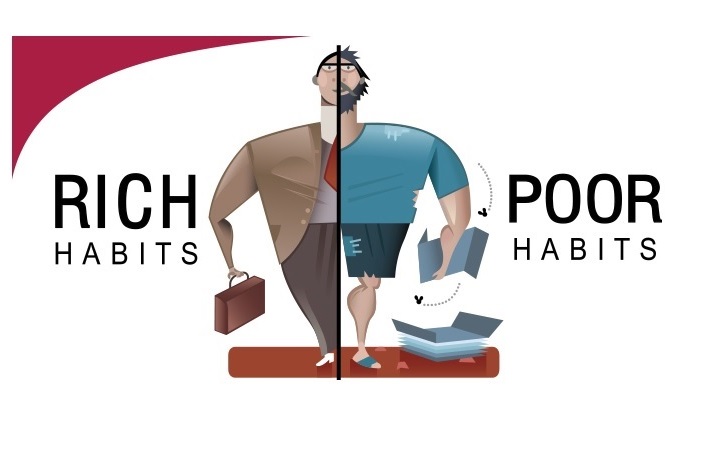
Cheap people and frugal people are two very different types. Cheap people focus on price first, when it comes to spending their money. Frugal people focus on quality first when it comes to spending their money. But one common denominator they both share is that they control how much money they spend.
Most people, however, are neither cheap nor frugal. Consequently, they are not cautious about their spending. If you don’t make a lot of money, this character trait can lead to credit card debt and poverty.
But, there is a solution.
In my study of frugal self-made millionaires, I found one strategy that they used to limit how much money was available for them to spend. I call it the Invisible Money Strategy. The Invisible Money Strategy involves just three simple steps:
Step #1 Define Your Monthly Nut
This step requires that you track your spending for a few months in order to determine exactly how much money you are spending on your needs and how much money you are spending on your wants. Your needs are the things that you must spend money on in order to survive.
Your needs include housing costs, food, car expenses etc. Your wants include entertainment expenses such as going to restaurants, bars, taking vacations, buying jewelry or buying other stuff you don’t really need.
Your wants also include super-sizing on your needs. You super-size when you buy a house in a upscale neighborhood or when you buy a bigger house just to give others the impression that you are doing well. You super-size when you buy a more expensive car just to impress others. You super-size when you buy a more expensive wedding ring, watch or anything that falls into the latest fad category. Latest fad spending includes clothing, cell phones, computers, etc.
Once you have defined your monthly nut, you know exactly how much money you need to survive.
Step #2 Calculate Your Excess Money
Subtract your monthly nut from your total monthly take home pay. This equals your Excess Money
Step #3 Make That Excess Money Invisible
Open up a separate savings account. Every time you get paid, immediately move your Excess Money into the savings account. This will force you to spend only what you have in your main checking account. This has three psychological effects. The first, is that the simple act of moving your Excess Money into a savings account makes you feel good about yourself. Feeling good about yourself makes you happy. The second effect is that you will be forced to limit your spending to what is available in your main checking account. This forces discipline, which also makes you feel good about yourself. The third effect is the psychological impact of caving into your wants. Every time you move money from your savings account back to your main checking account, in order to spend money on something you want, you will feel like you are cheating. This makes you feel bad about yourself, which leads to unhappiness.
People naturally gravitate to things that make them feel happy and avoid things that make them feel unhappy. The Invisible Money Strategy plays into that natural human tendency. Over time you will develop the habit of spending money only on your needs in order to prevent the unhappiness that results when you give into your wants.
Give it a try for at least four months. It takes about four months to forge good money habits.

Tom Corley is an accountant, financial planner, public speaker, and author of the books “Effort-Less Wealth: Smart Money Habits At Every Stage of Your Life” and “RichKids: How to Raise Our Children to Be Happy and Successful in Life“. Corley’s work has appeared on CNN, USA Today, The Huffington Post, SUCCESS Magazine, and many other media outlets and podcasts in the U.S. and 27 other countries. Tom is a frequent contributor to Business Insider and CNBC.
Comments